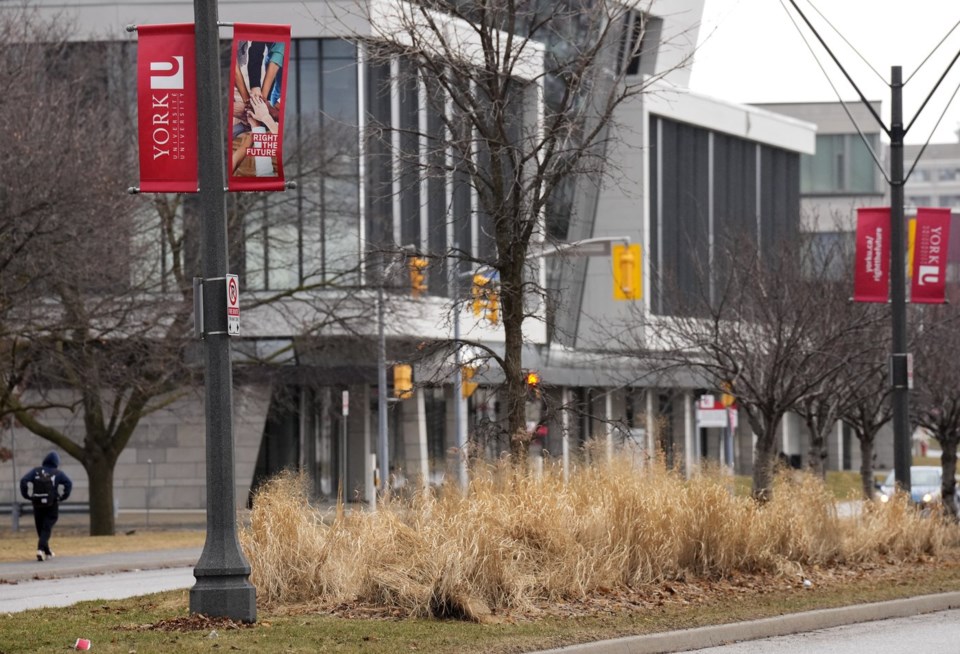Ottawa — Canada’s post-secondary sector is bracing for renewed financial turbulence as the federal government moves ahead with steep cuts to international student visas—reducing next year’s target to 155,000, nearly half of the over 305,000 set in last year’s plan. Provincial governments and industry leaders are sounding the alarm, warning that colleges and universities already struggling to balance their books could face even deeper challenges.
Ontario’s Ministry of Immigration expressed frustration over Ottawa’s unilateral approach, cautioning that institutions across the country will be forced into “difficult decisions” that threaten their long-term sustainability. “The federal government’s decision to proceed with another change impacting international students continues to force post-secondary institutions in Ontario, and across Canada, into unsustainable territory,” said Spenser Maki, spokesperson for Ontario Immigration Minister David Piccini.
The concern is especially acute in Ontario, where international students have long filled major funding gaps. With international tuition fees typically four to five times higher than domestic rates, institutions relied heavily on that revenue—only to see it shrink dramatically this year. Maureen Adamson, president of Colleges Ontario, warned that the new federal cap will remove up to $2.5 billion from college budgets, compounding losses that have already cost 8,000 jobs and eliminated 600 programs. This comes at a time when Ontario says it urgently needs 33,000 health-care workers and 154,000 skilled tradespeople over the next decade.
British Columbia and Ontario have both indicated they will work with the sector to craft a more sustainable funding model, but details remain uncertain. The federal government insists the new visa cap is part of a broader effort to reduce the number of temporary residents to five per cent of Canada’s population by 2027, down from a peak of 7.5 per cent in late 2024.
A spokesperson for Immigration, Refugees and Citizenship Canada emphasized that the cap will not include master’s and doctoral students, citing their vital contribution to Canada’s innovation and economic development. In fact, Ottawa is simultaneously rolling out an International Talent Attraction Strategy, committing $1.7 billion over 13 years to recruit top global researchers and support their integration into Canadian universities.
The strategy promises fast-tracked immigration processing—within 14 days—for PhD students and their families, a move welcomed by those in the sector. Larissa Bezo, president of the Canadian Bureau for International Education, said the plan clearly seeks to attract “quality students” aligned with Canada’s labour-market needs. “There is a clearly stated objective of connecting global talent with national opportunities, and those are very positive developments,” Bezo said, noting that making it easier for families to accompany doctoral candidates will strengthen Canada’s appeal for elite researchers.
Still, Bezo stressed that Canada must adopt a broader outlook, saying the federal strategy should also prioritize pathways for workers in the skilled trades—fields where chronic shortages continue to slow major infrastructure and industrial projects.
As provinces await allocation details for the reduced number of study permits, uncertainty hangs heavily over the country’s post-secondary institutions. Many warn that while the federal focus on high-end research talent is welcome, the sweeping cuts to international student numbers risk destabilizing the colleges and training programs essential to meeting Canada’s pressing labour-force needs.

